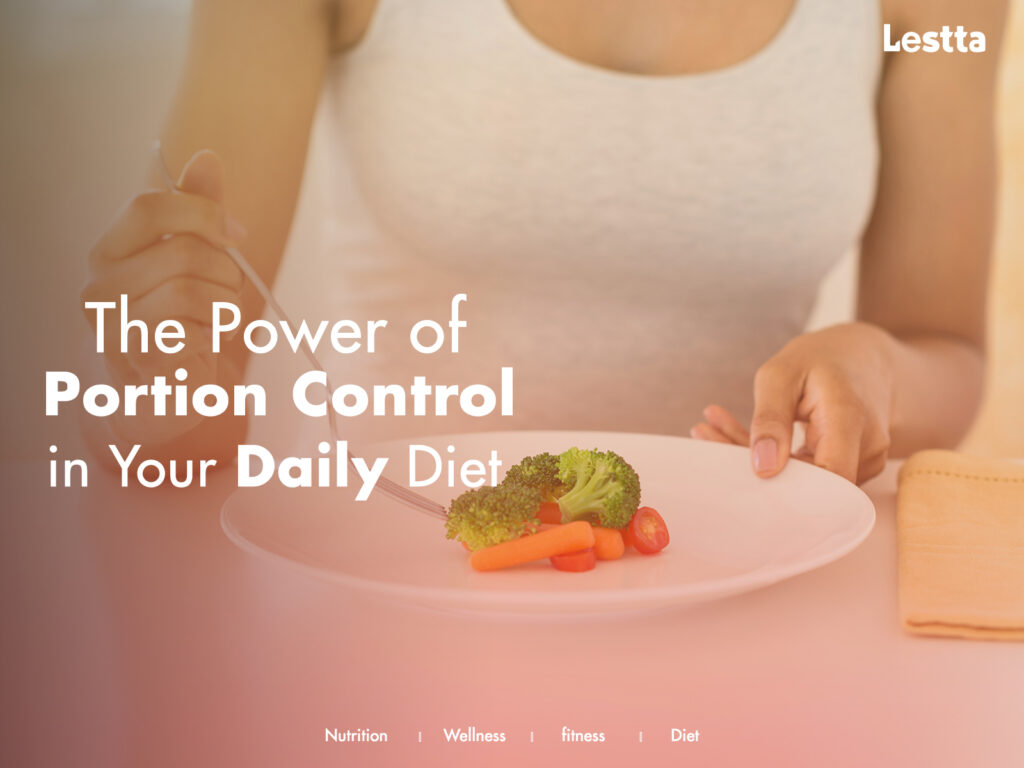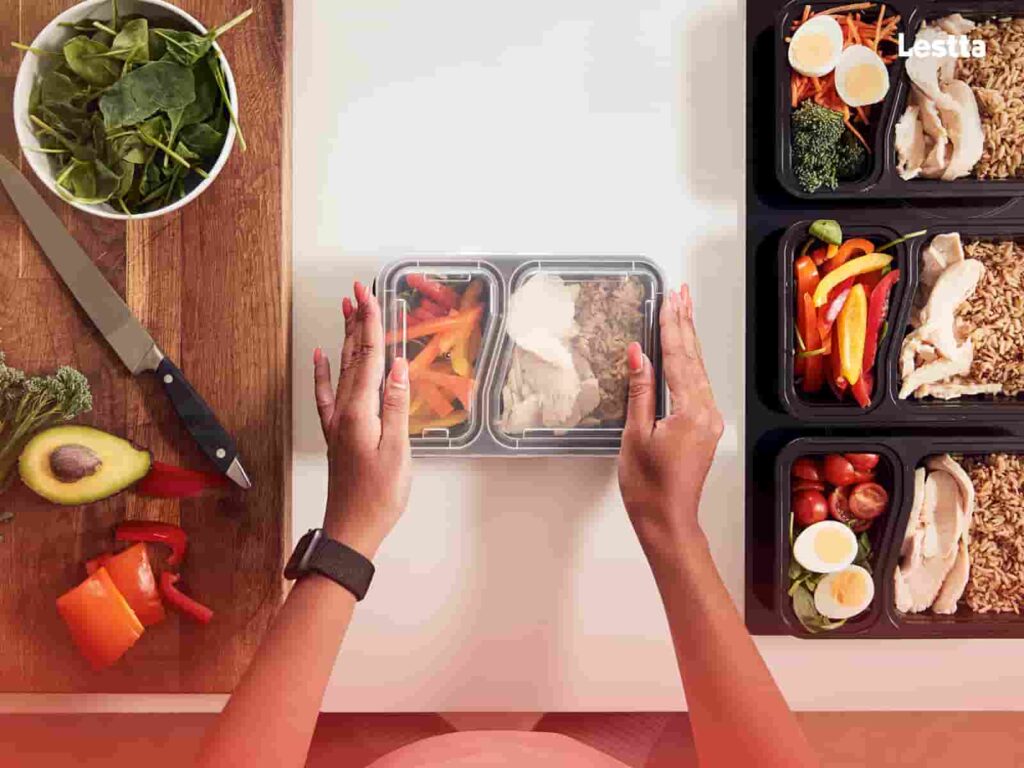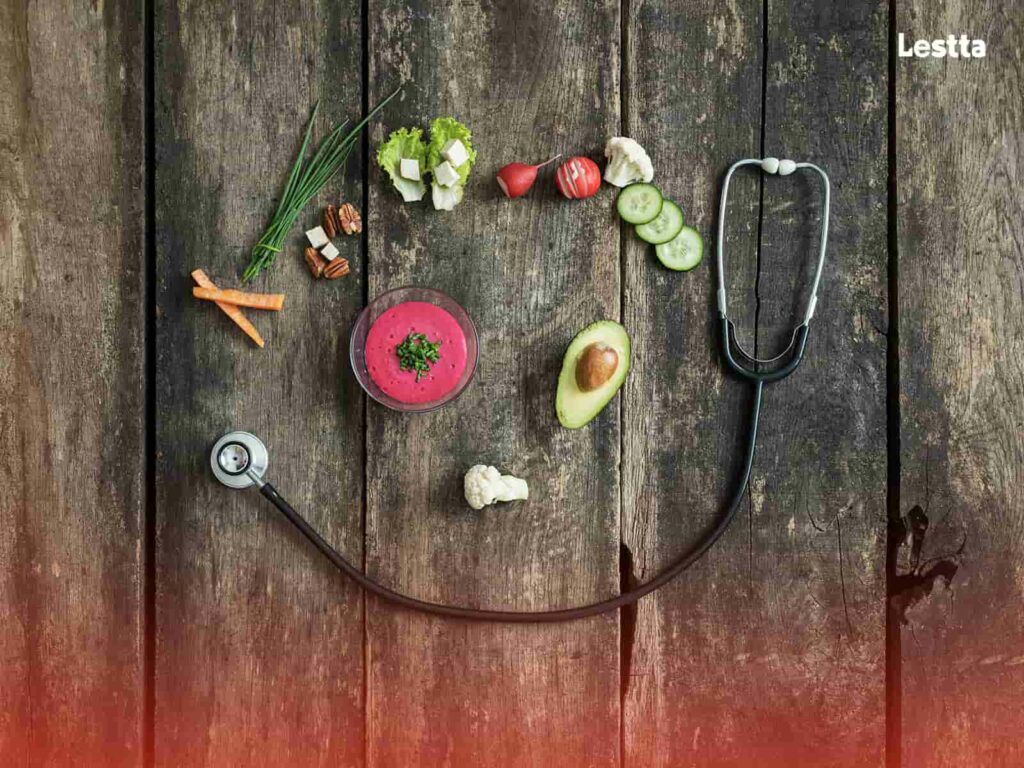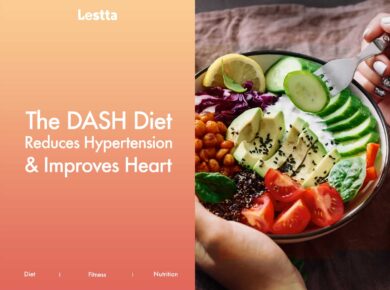
Maintaining a healthy diet is key to overall well-being, but it’s not just about what we eat; it’s also about how much we eat. Portion control in diet plays a vital role in achieving and maintaining a balanced and nutritious lifestyle. By understanding the significance of portion control and implementing it in our daily lives, we can make significant strides towards our health and fitness goals.
What is Portion Control?

Portion control refers to the practice of eating specific amounts of food to ensure that we consume just enough to satisfy our hunger and nutritional needs, without overindulging. It involves being mindful of portion sizes and making conscious choices about the quantity of food we put on our plates.
The Importance of Portion Control

- Weight Management: One of the most significant benefits of portion control is its impact on weight management. Overeating, even with healthy foods, can lead to an excess intake of calories, resulting in weight gain. By moderating portion sizes, we can better manage our caloric intake and support healthy weight loss or maintenance.
- Balanced Nutrition: Portion control allows us to diversify our meals and include a variety of nutrient-dense foods in appropriate amounts. A well-balanced diet provides essential vitamins, minerals, and macronutrients, ensuring our bodies get the nourishment they need.
- Blood Sugar Regulation: Proper portion control can help stabilize blood sugar levels, making it beneficial for individuals with diabetes or those at risk of developing the condition. Steady blood sugar levels contribute to sustained energy levels and reduced cravings.
Practical Tips for Implementing Portion Control in Diet

- Read Food Labels: Pay attention to serving sizes listed on food packages. Many products contain multiple servings in a single package, and it’s easy to unknowingly consume more than the recommended portion.
- Use Smaller Plates: create the illusion of a fuller plate while eating smaller portions in small plates. This psychological trick can help you feel satisfied without overeating.
- Divide Restaurant Meals: When dining out, consider splitting your entrée with a friend or asking for a to-go box immediately. This practice not only promotes portion control but also saves money and provides a meal for later.
- Pre-Plate Your Meals: Rather than eating straight from packages or serving dishes, portion out your meals before sitting down to eat. This method prevents mindless eating and encourages more conscious choices.
- Mindful Eating: Take the time to savor each bite, chew slowly, and be present during your meals. Mindful eating allows you to recognize your body’s hunger and fullness cues, helping you avoid overeating.
- Use Your Hands as a Guide: A simple and practical way to gauge portion sizes is by using your hand as a reference. For instance, one serving of protein is about the size of your palm, while a cupped hand indicates a serving of grains or snacks.
Conclusion
Incorporating portion control in diet is a powerful tool for achieving and maintaining a healthy lifestyle. Achieving health goals is not about depriving ourselves; It is about finding a balanced approach to food that fuels our bodies optimally. Portion control is a step towards that balance, leading us on a journey to a healthier and happier life.









